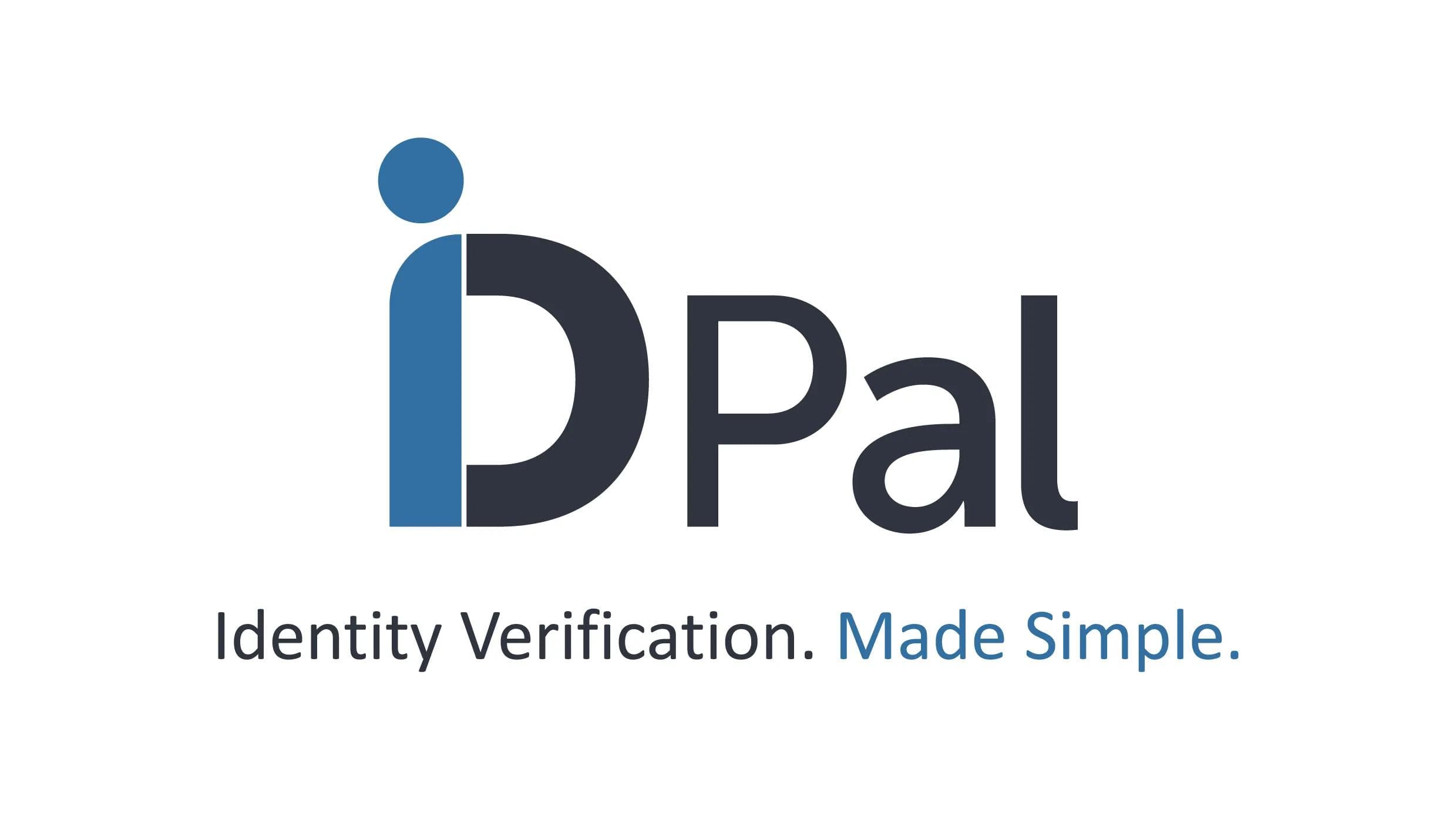Crowdfunding Trends 2025
Crowdfunding Trends 2025
Published by Jessica Weisman-Pitts
Posted on February 12, 2025

Published by Jessica Weisman-Pitts
Posted on February 12, 2025

The Evolution of Crowdfunding: A 2025 Perspective
Crowdfunding has become a transformative force in the financial landscape, democratizing access to capital and enabling innovation across various sectors. As we delve into 2025, the trends and figures surrounding crowdfunding reveal a vibrant ecosystem that continues to evolve and adapt to the changing needs of creators and backers alike.
The Expanding Market
The global crowdfunding market is experiencing significant growth, driven by the increasing popularity of platforms like Kickstarter and Indiegogo. These platforms have become household names for creative projects and innovative ideas, democratizing the funding process and enabling anyone with a compelling vision to reach potential backers worldwide.
The accessibility of crowdfunding platforms has opened doors for entrepreneurs, artists, and innovators who might have struggled to secure traditional funding. By eliminating the barriers imposed by conventional financial institutions, crowdfunding has empowered individuals to pursue their dreams and bring unique products and services to market.
Diverse Crowdfunding Models
One of the most significant developments in the crowdfunding space is the diversification of models. Peer-to-Peer (P2P) lending remains the top model, raising USD 195.3 billion worldwide. This model allows individuals to lend money to others without the need for a traditional financial intermediary, offering competitive interest rates and flexible terms.
Meanwhile, reward-based crowdfunding, which includes over 60% of campaigns, has raised USD 7 billion from 230,000 projects. This model appeals to creators who offer backers tangible rewards or experiences in exchange for their support. It's particularly popular among artists, filmmakers, and entrepreneurs launching new products.
Equity crowdfunding is also gaining traction as more investors seek equity stakes in startups and small businesses, providing an alternative to traditional investment avenues. This model appeals to a new generation of investors who are looking for more than just financial returns; they seek a sense of ownership and involvement in the projects they support.
The Role of Technology
Technology continues to play a pivotal role in shaping the crowdfunding landscape. Platforms are integrating advanced technologies such as AI and machine learning to enhance user experience and campaign analytics. This integration not only streamlines campaign management but also allows for more personalized marketing strategies, helping creators target the right audience with precision.
Blockchain technology is also making its mark, with some platforms exploring its use to enhance transparency and security in transactions. The potential for cryptocurrency payment options adds another layer of innovation, appealing to tech-savvy backers who value privacy and decentralization.
The use of technology extends beyond the platforms themselves. Creators are leveraging virtual reality (VR) and augmented reality (AR) to create immersive experiences for potential backers, offering virtual tours of products or behind-the-scenes looks at the creative process. These technologies enhance engagement and provide a unique way to showcase projects.
Social Media's Impact
Social media platforms like Facebook, Instagram, LinkedIn, and Twitter have become essential tools for crowdfunding campaigns, helping to gather investor donations and accelerate market expansion. The viral nature of social media allows campaigns to reach a global audience, making it easier for creators to connect with potential backers.
The integration of social media with crowdfunding platforms has also led to the rise of influencer-driven campaigns, where social media personalities leverage their following to support and promote projects. This trend highlights the power of community and the importance of building a strong online presence.
Social media analytics provide valuable insights into audience behavior, enabling creators to refine their strategies and optimize their campaigns. By understanding what resonates with their audience, creators can tailor their messaging and increase their chances of success.
Changing Consumer Behavior
The rise of equity crowdfunding is driven by changing consumer behavior, particularly among millennials and Gen Z, who are increasingly looking for alternative investing options. This shift is not just about financial returns; it's about fostering a sense of community and ownership through early access, customized rewards, and control over product features.
Crowdfunding promotes a sense of belonging and engagement, allowing backers to feel like they are part of something bigger. This emotional connection is a powerful motivator, driving support for projects that align with personal values and interests.
The desire for transparency and ethical investment opportunities is also influencing consumer behavior. Backers are increasingly interested in supporting projects that align with their values, such as sustainability, social justice, and innovation. This trend is driving the growth of niche crowdfunding platforms that cater to specific interests and causes.
Crowdfunding in Niche Markets
Specialized platforms are emerging to cater to niche markets, such as environmental projects, tech innovations, and social causes. These platforms allow creators to engage with targeted audiences, enhancing the chances of campaign success.
For example, platforms focused on sustainable and eco-friendly projects are gaining traction, reflecting growing public interest in environmental conservation. Similarly, platforms dedicated to tech innovations are attracting tech enthusiasts eager to support the next big breakthrough.
The rise of niche platforms is also fostering collaboration and community building. Creators and backers with shared interests can connect and collaborate, leading to the development of innovative solutions and the advancement of shared goals.
Regional Insights and Global Expansion
Crowdfunding is not just a phenomenon in developed markets; it's expanding its reach to emerging markets, increasing accessibility for creators and backers worldwide. For instance, crowdfunding campaigns in Arkansas have totaled $2,832,300, highlighting regional growth and investment opportunities.
This global expansion is facilitated by the increasing availability of internet access and digital payment solutions, allowing more people to participate in crowdfunding activities. As a result, creators from diverse backgrounds and regions can bring their ideas to life, contributing to a more inclusive and diverse crowdfunding ecosystem.
The expansion into emerging markets is also driving innovation and competition among platforms. As more players enter the market, platforms are developing new features and services to differentiate themselves and attract users.
The Impact of Economic Policies
Economic policies and fiscal measures are influencing crowdfunding trends, with government incentives and support programs encouraging more participation in crowdfunding activities. Regulatory changes are shaping the legal landscape of crowdfunding, impacting how platforms operate and how campaigns are conducted.
Governments are recognizing the potential of crowdfunding as a tool for economic development, particularly for small businesses and startups. By providing a supportive regulatory environment, they are enabling more entrepreneurs to access the capital they need to grow and succeed.
Policy changes are also addressing concerns related to investor protection and fraud prevention. By implementing clear guidelines and standards, regulators are working to ensure that crowdfunding remains a safe and viable option for both creators and backers.
The Future of Crowdfunding
As we look to the future, the crowdfunding landscape is poised for continued growth and innovation. The integration of new technologies, the rise of niche platforms, and the expansion into emerging markets are just a few of the trends that will shape the industry in the coming years.
Crowdfunding will continue to democratize access to capital, empowering creators and backers to collaborate and bring new ideas to life. As the industry evolves, it will be essential for platforms to adapt to changing consumer preferences and technological advancements, ensuring that they remain relevant and effective in a rapidly changing world.
The crowdfunding industry in 2025 is a dynamic and multifaceted ecosystem that offers exciting opportunities for creators and backers alike. By embracing innovation and fostering community engagement, crowdfunding will continue to be a powerful force for change and progress in the years to come.
Explore more articles in the Top Stories category











